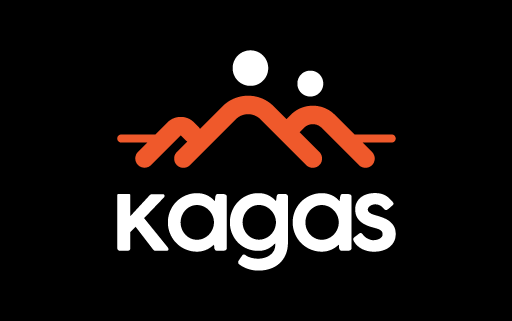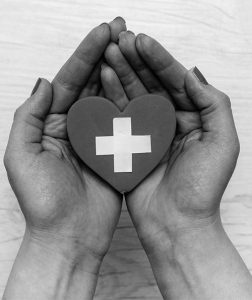KOPAL Program
Community Health Initiative Program
A healthy child is sign of a heathy nation. To ensure that the nation becomes healthy and stronger with age, it is important to protect our children even before they are step in to the world. Through the “Community Health Initiative” program, KAGAS worked on to bring in holistic development first by identifying the villages of Uttarakhand, which have major health problem and then implementing an impactful health plan for the mothers and he children.
A team of 10 health volunteers, Asha and Anganbadi Workers were trained on treating various health related issues. KAGAS 25 mega health camps each at community and school levels. The program was regarded as one of the most successful ones as 100% institutional deliveries of the pregnant women and 100% immunization of the mother and child were ensured. More serious and critical cases were referred to appropriate institutions for immediate action and relief. Through the “Community Health Initiative” training and health camps, KAGAS could bring a positive impact on the lives of 2486 people across 10 villages of Uttarakhand.
Targeted Intervention Program
Supported by:
USAC (Undergraduate Students Association Council) and NACO (National AIDS Control Organization)
Every profession is associated with some health consequences. And, when we talk about one of the oldest professions in the history of human civilization, the severity is diverse and life-threatening.
Sex workers, who force themselves to engage in this profession due to some reason or other, are vulnerable to a variety of diseases that can cost even their lives. The course of transmission is unseen, not even the development of the disease; which is due to reasons such as lack of awareness, behavioural issues and unavailability of right knowledge.
KAGAS, with the support of USAC (Undergraduate Students Association Council) and NACO (National AIDS Control Organization), is running the “Targeted Intervention Program” to promote awareness among female sex workers to improve their sexual health. In this campaign, KAGAS has setting up Integrated Counselling and Testing Center (ICTC) across the state and counselling on sexually transmitted infection (STI) to 600 Registered Healthcare Resource Groups (HRGs). With the support of the district hospitals, several VDRL Test Facilities are being set up.
In the due course of running this program, KAGAS has become successful in inculcating a system of facilitating peer education from the targeted community, providing direct services, medical support and counselling, creation of drop-in centers, promotion of HIV testing and social marketing of condoms across the state.
Reproductive Child Health Program
Improving maternal and child health has always been a top priority of the government. This is one of the areas that KAGAS immensely focuses upon to bring in a comprehensive development in the lives of the women and adolescent.
The program was run in 12 panchayats of the state of Uttarakhand, where various awareness and sensitization activities were carried out in the community to create awareness about family planning systems and quality of reproductive health care and services. People were largely mobilized to improve maternal health including antenatal, intra-natal and post-natal care, child survival, and child health including new born care.
Innovative concepts like healthcare financing and health insurance were promoted, which helped them smoothly meeting their healthcare expenses. The program also focused on creating awareness about the adolescent sexual and quality of reproductive health and factor related to gender and violence against women.
A total of 15000 women and adolescent were benefited by this program in these panchayats. The result was clearly visible in the behaviour and practice of the women at adolescent mass in terms of increased child survival rate and immunization practices. This was possible as institutional deliveries increased up to 75% and new couples started adopting family planning system in these areas. Early marriage system also significantly decreased.
Udaan Programme
Adolescent represent to a heterogeneous group of people, varying in their age, cultural and religious beliefs, economic and marital status. In alignment of the Adolescent Reproductive & Sexual Health (ARSH) Program, KAGAS has promptly addressed to the calls for a flexible and responsive health interventions plan that is aimed at increasing the health seeking behavior in the adolescent and providing them with the knowledge on various aspects of their growing life.
KAGAS actively worked on to sensitize the community about the needs and concerns of the adolescent, promote peer educator groups, facilitate adolescent friendly health services and establish linkages for learning vocational skills for adolescent. KAGAS also imparted life skill training to empower adolescent for better understanding and knowledge of their health, hygiene, nutrition, reproductive and sexual health.
A total of 800 Peer Educator Groups and 60 Adolescence Facilitation Centers were established, where various vocational trainings like computer applications, beautician and fashion designing were taught. About 200 adolescence were counselled to choose their future career during the implementation of the program.
The result of the program was highly impactful as there was a noticeable increase in health condition of the adolescents. Many of them were able to choose their career options and became independent.


